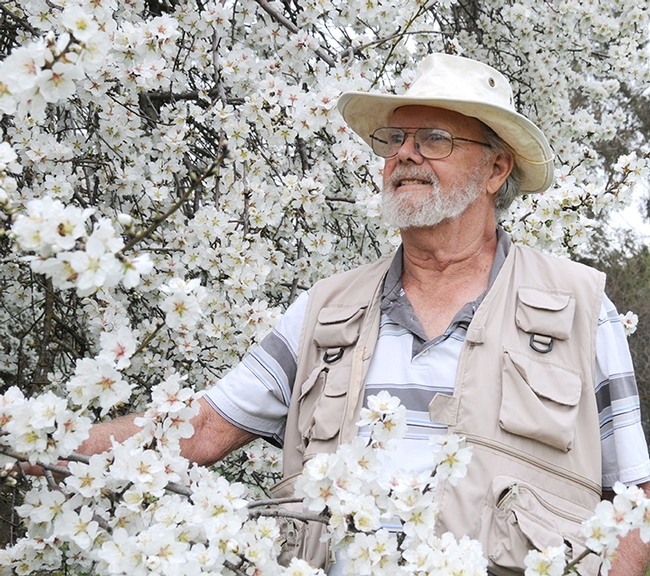- (Focus Area) Yard & Garden
- Author: Kathy Keatley Garvey
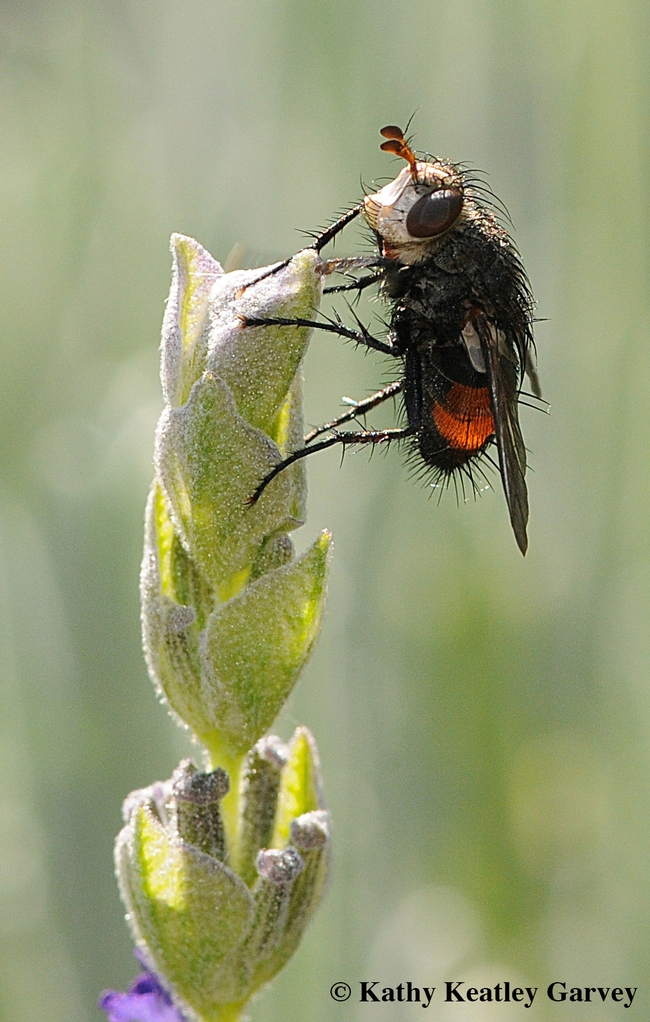
The Bohart Museum of Entomology is hosting its annual "Parasitoid Palooza" from 1 to 4 p.m., Saturday, Oct.19.
The event, free and family friendly, takes place in Room 1125 of the Academic Surge Building on Crocker Lane, UC Davis campus.
"An insect parasitoid is a species whose immatures live off of an insect host, often eating it from the inside out," said Tabatha Yang, education and outreach coordinator of the Bohart Museum. "It is part of their life cycle and the host generally dies."
Senior museum scientist Steve Heydon, who researches Pteromalids or jewel wasps, will present his work and answer questions. Graduate student Socrates Letana will also field parasite questions from the crowd.
There are some 3,450 described species of Pteromalids, found throughout the world and in virtually all habitats. Many are important as biological control agents.
Also planned at the open house:
- A family craft activity, to be announced
- Sampling of Chirp Chips, from the Bohart Museum's recent entomophagy open house
- Display of orange and black Harlequin beetles (just in time for Halloween) from Jasmin Ramirez Bonilla of the Ian Grettenberger lab, UC Davis Department of Entomology and Nematology
- Display of pumpkin-eating pests--cucumber beetles--which can be a pest on squashes, cucumbers and other members of the cucurbits family.
The Bohart Museum, directed by Lynn Kimsey, professor of entomology at UC Davis, houses a global collection of nearly eight million specimens. It is also the home of the seventh largest insect collection in North America, and the California Insect Survey, a storehouse of the insect biodiversity.
Special attractions include a “live” petting zoo, featuring Madagascar hissing cockroaches, walking sticks, praying mantids and tarantulas. Visitors are invited to hold some of the insects and photograph them. The museum's gift shop, open year around, includes T-shirts, sweatshirts, books, jewelry, posters, insect-collecting equipment and insect-themed candy.
The Bohart Museum holds special open houses throughout the academic year. Its regular hours are from 9 a.m. to noon and 1 to 5 p.m. Mondays through Thursdays. The museum is closed to the public on Fridays, Saturdays and Sundays and on major holidays. Admission is free.
More information on the Bohart Museum is available by contacting (530) 752-0493 or emailing bmuseum@ucdavis.edu or Tabatha Yang at tabyang@ucdavis.edu.
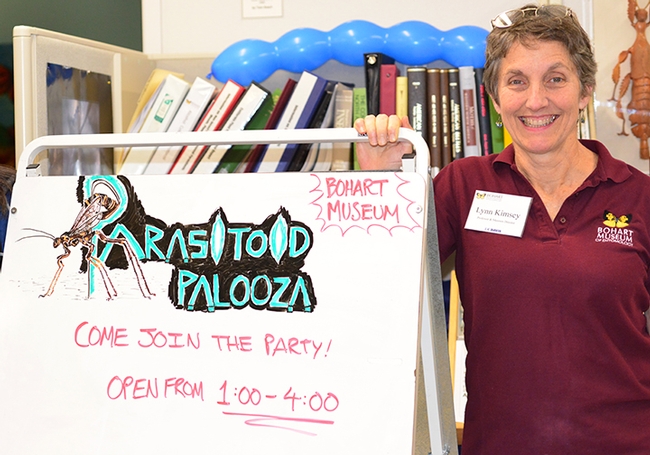
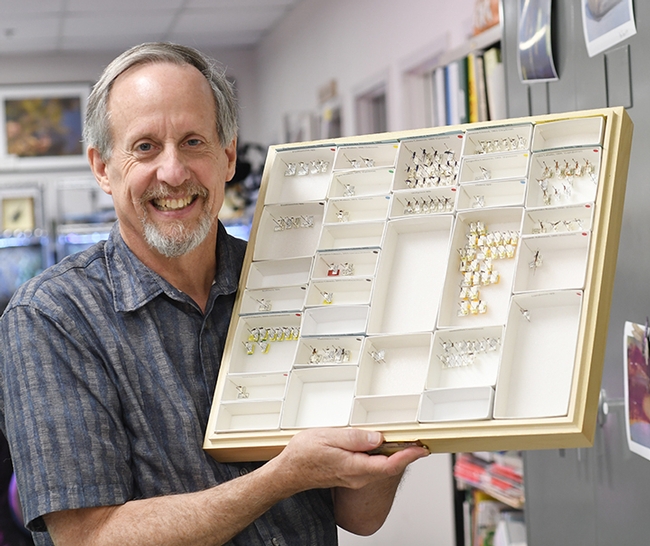
- Author: Kathy Keatley Garvey
Bee scientist James Nieh, a UC San Diego professor in the Section of Ecology, Behavior and Evolution, Division of Biological Sciences, will present the first fall quarter seminar hosted by UC Davis Department of Entomology and Nematology.
Nieh will speak on "Animal Information Warfare: How Sophisticated Communications May Arise from the Race to Find an Advantage in a Deadly Game Between Honey Bees and Their Predators" at 4:10 p.m., Wednesday, Sept. 25 in 122 Briggs Hall. Brian Johnson, associate professor of entomology, is the host.
"In addition to the classical arm race that has evolved between predators and prey, information races also occur, which can lead to the evolution of sophisticated animal communication," Nieh says in his abstract. "Such information can shape the food web and contribute to the evolution of remarkable communication strategies, including eavesdropping, referential signaling and communication within and between species, including between predators and prey."
"I focus on the world of information exchange (acoustic, olfactory and visual) that has co-evolved between Asian honey bees (Apis cerana, A. florea, and A. dorsata) and their predators, the Asian hornets (Vespa velutina and V. mandarinia)," Nieh says. "I will explore how and why such information races occur through the remarkable examples provided by these high social insects."
He presented a TED talk on "Bees and Us: an Ancient and Future Symbiosis" in July 2019.
A native of Taiwan, Nieh grew up in Southern California and received his bachelor's degree in organismic and evolutionary biology in 1991 from Harvard University, Cambridge, and his doctorate in neurobiology and behavior from Cornell University, Ithaca, N.Y., in 1997. He subsequently received an NSF-NATO postdoctoral fellowship to study at the University of Würzburg in German. A Harvard junior fellowship followed.
Nieh joined the faculty of the Section of Ecology, Behavior and Evolution in 1997 as an assistant professor, advancing to associate professor in 2007 and professor in 2009. He served as vice chair of the section from 2009 to 2014, and as chair from 2014 to 2017.
His latest co-authored research, published in the journal Chemosphere in 2019, is titled Combined Nutritional Stress and a New Systemic Pesticide (flupyradifurone, Sivanto®) Reduce Bee Survival, Food Consumption, Flight Success, and Thermoregulation.
Assistant professor Rachel Vannette is coordinating the fall quarter seminars. (See list of seminars.)She may be reached at rlvannette@ucdavis.edu.
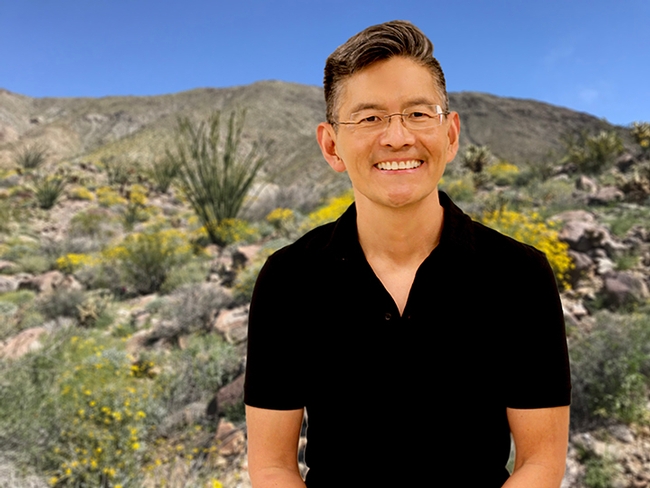
- Author: Kathy Keatley Garvey
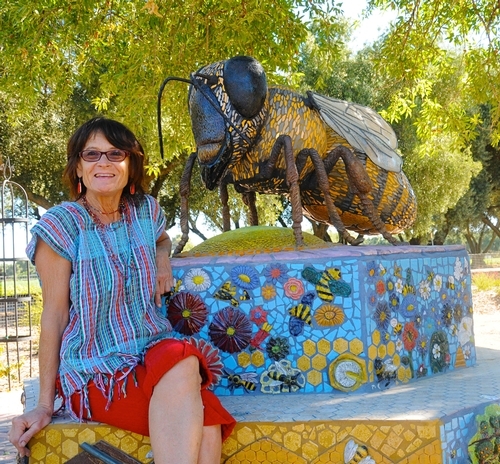
Headlines on colony collapse disorder dominated the news media, as scientists declared "honey bees are in trouble."
Under the direction of interim department chair Lynn Kimsey, UC Davis Department of Entomology and Nematology, a crew installed the Häagen-Dazs Honey Bee Haven (named for it major donor) on Bee Biology Road, next to the Harry H. Laidlaw Jr. Honey Bee Research Facility.
Fast forward to the fall of 2019.
A 10th anniversary celebration will take place from 10 a.m. to 2 p.m., Saturday, Sept. 28 in the bee garden. It will include sales of plants and native bee condos, honey tasting (honey from Sola Bee Honey, Woodland), catch-and-release bee observation and identification, and beekeeping and research displays. Several mini lectures are planned.
Visitors will see analemmatic sundial--the only one of its kind in the Sacramento area--and they can discuss the sundial with dial master and beekeeper Rick Williams, M.D. to learn how the dial was created and the links between human and bee perception of the sun. Visitors also will learn about "our research on bee use of ornamental landscape plants," said manager Chris Casey. In addition, visitors can "donate a book on insects, gardening, or nature for our Little Free Library," she announced.
The schedule:
- 10:30 a.m.: Donor and volunteer recognition
- 11 a.m.: Hive opening by beekeeper from the California Master Beekeepers' Association
- 11:30: Mini lecture, "Getting Started with Beekeeping"
- 12: Mini lecture, "Plants for Bees"
- 12:30: Mini lecture, "Using Solitary Bee Houses
- 1 p.m.: Hive opening by beekeeper from the California Master Beekeepers' Association
History of the Bee Garden
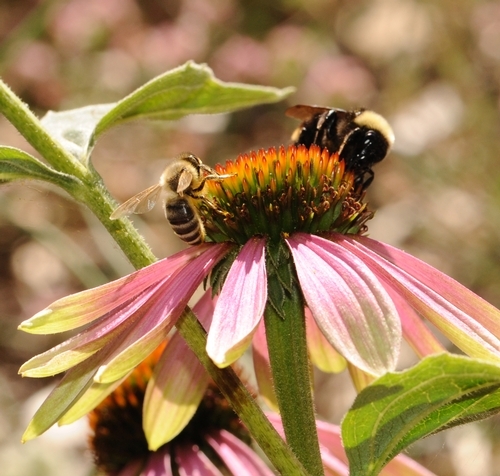
Häagen-Dazs wanted the funds to benefit sustainable pollination research, target colony collapse disorder, and support a postdoctoral researcher. It was decided to install an educational garden, conduct a design contest, and award a research postdoctoral fellowship to Michelle Flenniken (now with the Montana State University).
A Sausalito team--landscape architects Donald Sibbett and Ann F. Baker, interpretative planner Jessica Brainard and exhibit designer Chika Kurotaki--won the design competition. The garden was installed in the fall of 2009 under the direction of interim department chair Lynn Kimsey, director of the Bohart Museum of Entomology and professor of entomology.
An eight-member panel selected the winner of the design competition: Professor Kimsey; founding garden manager Missy Borel (now Missy Borel Gable), then of the California Center for Urban Horticulture; David Fujino, executive director, California Center for Urban Horticulture at UC Davis; Aaron Majors, construction department manager, Cagwin & Dorward Landscape Contractors, based in Novato; Diane McIntyre, senior public relations manager, Häagen-Dazs ice cream; Heath Schenker, professor of environmental design, UC Davis; Jacob Voit, sustainability manager and construction project manager, Cagwin and Dorward Landscape Contractors; and Kathy Keatley Garvey, communications specialist, UC Davis Department of Entomology.
Others who had a key role in the founding and "look" of the garden included the UC Davis Art/Science Fusion Program, founded and directed by the duo of entomologist/artist Diane Ullman, professor and former chair of the UC Davis Department of Entomology, and self-described "rock artist" Donna Billick. The art in the garden is the work of their students, ranging from those in Entomology 1 class to community residents. Eagle Scout Derek Tully planned, organized and built a state-of-the-art fence around the garden.
"The Honey Bee Haven will be a pollinator paradise," Kimsey related in December 2008. "It will provide a much needed, year-round food source for our bees at the Harry H. Laidlaw Jr. Honey Bee Research Facility. We anticipate it also will be a gathering place to inform and educate the public about bees. We are grateful to Haagen-Dazs for its continued efforts to ensure bee health."
The garden, Kimsey said, would include a seasonal variety of blooming plants that will provide a year-round food source for honey bees. It would be a living laboratory supporting research into the nutritional needs and natural feeding behaviors of honey bees and other insect pollinators.
Visitors to the garden, she said, would able to glean ideas on how to establish their own bee-friendly gardens and help to improve the nutrition of bees in their own backyards.
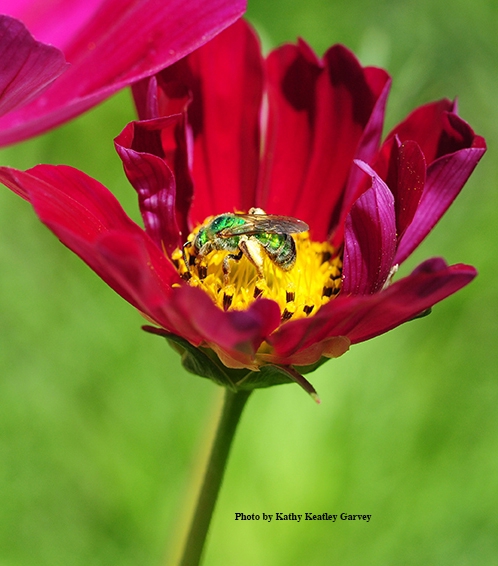
Feb. 19, 2008
Häagen-Dazs Donation to UC Davis
Dec. 8, 2008
Häagen-Dazs Launches Bee Garden Design Contest
Aug. 6, 2008
Insect Virus Researcher Michelle Flenniken Named Häagen-Dazs Postdoctoral Fellow at UC Davis
Feb. 26, 2009
Sausalito Team Wins Design Competition
Aug. 6, 2009
Haagen-Dazs Honey Bee Haven Site Preparation
Aug. 13, 2009
Bee Biology Website to Be Launched
Aug. 13, 2009
Thinking Outside the Box
Sept. 15, 2009
Campus Buzzway: Wildflowers
Dec. 15, 2009
Bee Biology Website Lauded
2010
June 6, 2010
Grand Opening Celebration of Honey Bee Garden
July 15, 2010
Art Is Where the Community Is; Blending Science with Art in the Häagen-Dazs Honey Bee Haven
July 30, 2010
More Than 50 Bee Species Found in Haven: Robbin Thorp (Now there's more than 80 and counting!)
Aug. 25, 2010
Donna Billick: Miss Bee Haven
Aug. 11, 2011
What the Signs Tell Us in the UC Davis Honey Bee Garden
Aug. 24, 2011
Royal Visit to Harry H. Laidlaw Jr. Honey Bee Research Facility
April 11, 2012
Brian Fishback: Spreading the Word about Honey Bees
Aug. 26, 2013
Eagle Scout Project: Fence Around the Bee Garden
Sept. 11 2012
A Fence to Behold
2013
April 25, 2013
UC Davis Bee Team Wins Major Award
Aug. 1, 2013
Häagen-Dazs Honey Bee Haven Place to Be
With photo of founding volunteers
Donors
List of Donors Who Helped Launch the Garden (2009 through July 2014)
Missy Borel, then manager of the California Center for Urban Horticulture (and now Missy Borel Gable, director of the California Master Gardener Program) served as the founding manager, a part-time position. Nineteen volunteers assisted her.
Today Extension apiculturist Elina Lastro Niño of the Department of Entomology and Nematology, serves as the faculty director of the bee garden. Christine Casey is the academic program manager.
For more information on the garden, access the Häagen-Dazs Honey Bee Haven website or contact beegarden@ucdavis.edu.
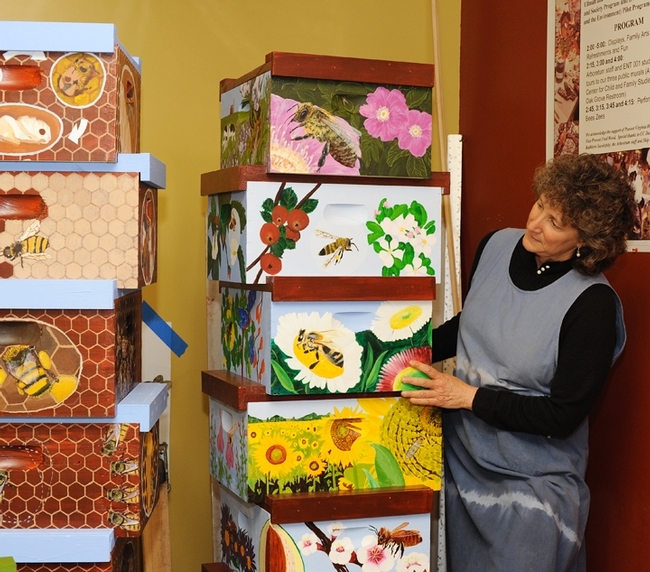
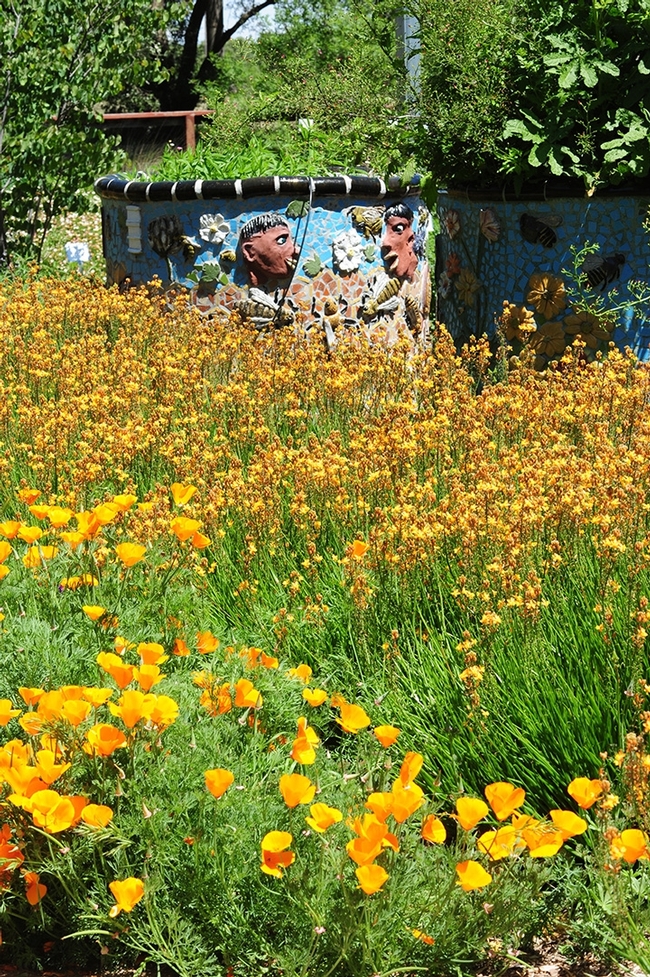
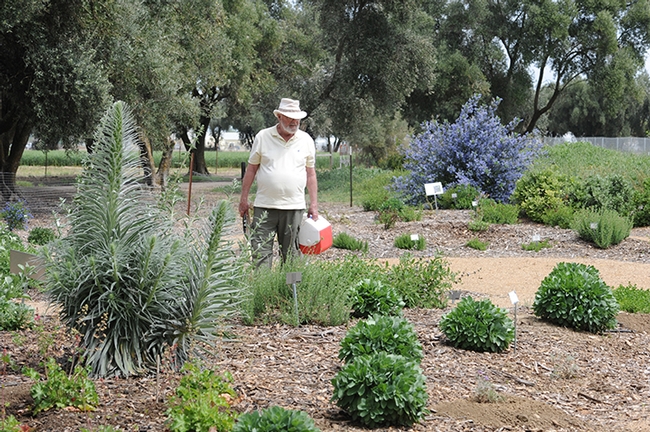
- Author: Kathy Keatley Garvey
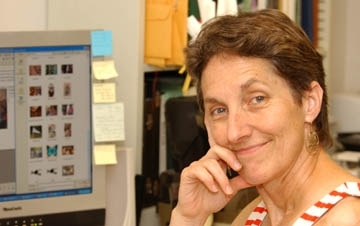
The open houses, scheduled primarily on the third Saturdays (except for the campuswide Biodiversity Museum Day), will take place in Room 1124 of the Academic Surge Building on Crocker Lane. They are free, family friendly and open to the public.
All ages are welcome, said Bohart director Lynn Kimsey, professor of entomology at UC Davis, and Tabatha Yang, education and outreach coordinator.
The schedule:
Saturday, Sept. 21, 1 to 4 p.m.
Theme: "Gobble, Gobble, Munch, Munch, Crunch: Entomophagy" (eating insects)
Saturday, Oct. 19, 1 to 4 p.m.
Theme: "Parasitoid Palooza!"
Saturday, Nov. 16, 1 to 4 p.m.
Theme: "Arthropod Husbandry: Raising Insects for Research and Fun"
Saturday, Jan. 18, 1 to 4 p.m.
Theme: "Time Flies When You are Studying Insects: Cutting Edge Student Research"
Saturday, Feb. 15:
Ninth Annual Biodiversity Museum Day
The Bohart is part of the annual campuswide Biodiversity Museum Day, spotlighting museums and collections. This free, educational event offers visitors the opportunity to meet and talk with UC Davis scientists--from undergraduate students to staff to emeritus professors--and "see amazing objects and organisms from the world around us."
Saturday, March 21, 1 to 4 p.m.
Theme: "Busy Bees and Their Microbial Friends"
Saturday, April 18
106th Annual UC Davis Picnic Day
Picnic Day begins with the parade opening ceremony at 9:30 a.m., and the parade begins at 10 am. Most events hosted by Picnic Day run from 10 am to 3 p.m. or 4 p.m. All events hosted by Picnic Day start after 9 a.m. and end before 5 p.m.
Saturday, May 16, 1 to 4 p.m.
Theme: "Farmers' Foes and Friends"
Saturday, June 2020 (date and time to be announced)
Theme: "The Eight-Legged Wonders, with the American Arachnological Society"
The Bohart Museum, located in Room 1124 of the Academic Surge Building on Crocker Lane, houses a global collection of nearly eight million specimens. It is also the home of the seventh largest insect collection in North America, and the California Insect Survey, a storehouse of the insect biodiversity. Noted entomologist Richard M. Bohart (1913-2007) founded the museum. It maintains a live "petting zoo," featuring Madagascar hissing cockroaches, walking sticks or stick insects, tarantulas, and praying mantids. The museum's gift shop, open year around, includes T-shirts, sweatshirts, books, jewelry, posters, insect-collecting equipment and insect-themed candy.
Director of the museum is Lynn Kimsey, professor of entomology at UC Davis. The staff includes Steve Heydon, senior museum scientist; Tabatha Yang, education and outreach coordinator; and Jeff Smith, who curates the Lepidoptera (butterflies and moths) section.
The museum is open to the public Mondays through Thursdays from 9 a.m. to noon and 1 to 5 p.m., except on holidays. More information on the Bohart Museum is available on the website at http://bohart.ucdavis.edu or by contacting (530) 752-0493 or bmuseum@ucdavis.edu.
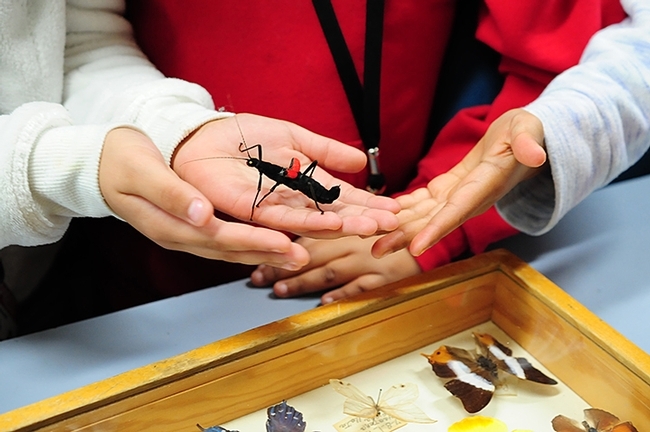
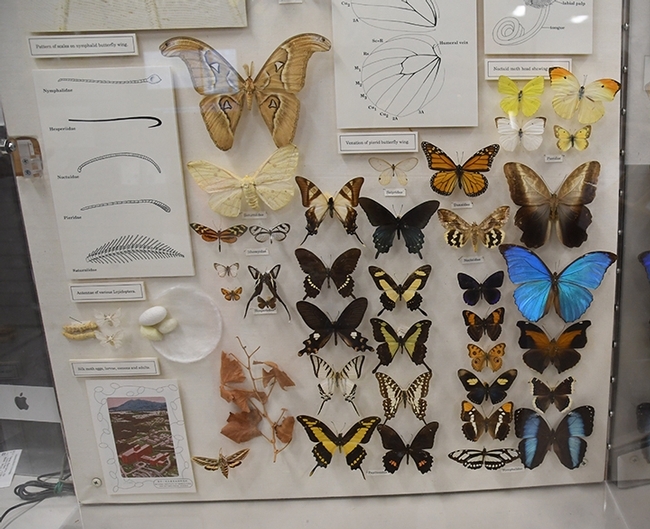
- Author: Kathy Keatley Garvey
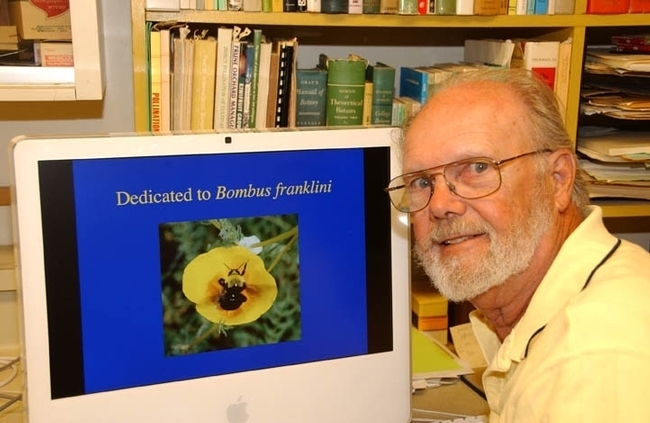
Lynn Kimsey (lskimsey@ucdavis.edu), director of the Bohart Museum of Entomology and UC Davis professor of entomology, is coordinating the event, with Professor Neal Williams assisting.
Thorp, 85, passed away Friday, June 7 at this home in Davis. He would have been 86 on Aug. 26.
Thorp, a member of the UC Davis entomology faculty for 30 years, from 1964-1994, achieved emeritus status in 1994 but continued to engage in research, teaching and public service until a few weeks before his death.
A tireless advocate of pollinator species protection and conservation, Thorp was known for his expertise, dedication and passion in protecting native pollinators, especially bumble bees, and for his teaching, research and public service. He was an authority on pollination ecology, ecology and systematics of honey bees, bumble bees, vernal pool bees, conservation of bees, native bees and crop pollination, and bees of urban gardens and agricultural landscapes.
“Robbin's scientific achievements during his retirement rival the typical career productivity of many other academic scientists,” said Steve Nadler, professor and chair of the UC Davis Department of Entomology and Nematology. “His contributions in support of understanding bee biodiversity and systematics are a true scientific legacy.
Said Kimsey: "Robbin had a long, well-respected career in pollination biology and bee taxonomy, but when he retired, he became even more engaged. He became the go-to person for everyone working on pollination in the western states. Many careers were made with his assistance."
"I've known Robbin since I was a graduate student at UC Davis," Kimsey said. "Even though he wasn't my major professor, my project was on bees and he was incredibly helpful and supportive. His enthusiasm about pollinators and bees in particular actually grew after he retired, and he continued helping students and researchers and was the backbone of so much research. His support and kindness was matched by his undemanding assistance and expertise. What a terrible loss to his family and to the research and conservation communities."
In his retirement, Thorp co-authored two books Bumble Bees of North America: An Identification Guide (Princeton University, 2014) and California Bees and Blooms: A Guide for Gardeners and Naturalists (Heyday, 2014). Locally, he was active in research projects and open houses at the Bohart Museum of Entomology and the Häagen-Dazs Honey Bee Haven, a half-acre bee garden on Bee Biology Road operated by the UC Davis Department of Entomology and Nematology. He detected and identified more than 80 species of bees in the haven.
Born Aug. 26, 1933 in Benton Harbor, Mich., Thorp received his bachelor of science degree in zoology (1955) and his master's degree in zoology (1957) from the University of Michigan, Ann Arbor. He earned his doctorate in entomology in 1964 from UC Berkeley, the same year he joined the UC Davis entomology faculty. He taught courses from 1970 to 2006 on insect classification, general entomology, natural history of insects, field entomology, California insect diversity, and pollination ecology.
Every summer from 2002 to 2018, Thorp volunteered his time and expertise to teach at The Bee Course, an annual workshop sponsored by the American Museum of Natural History and held at the Southwestern Research Station, Portal, Ariz. The intensive 9-day workshop, considered the world's premiere native bee biology and taxonomic course, is geared for conservation biologists, pollination ecologists and other biologists.
Highly honored by his peers, Thorp was named a fellow of the California Academy of Sciences, San Francisco in 1986; recipient of the Edward A. Dickson Emeriti Professorship of UC Davis in 2010; and recipient of the UC Davis Distinguished Emeritus Award in 2015. Other honors included: member of the UC Davis Bee Team that won PBESA's Team Award in 2013. In addition, he was a past president (2010-2011) of the Davis Botanical Society, and former chair (1992-2011) of the Advisory Committee for the Jepson Prairie Reserve, UC Davis/Natural Reserve System.
Professor Neal Williams, who organized a symposium in Dr. Thorp's honor at the 2019 Pacific Branch, Entomological Society of America (PBESA) meeting in San Diego, said: ‘Through his tireless efforts in research, advocacy and education, he has inspired a new generation of bee researchers…I like many others, feel truly honored, to have received the mentoring of Robbin and to have him as a colleague.”
Williams said the PBESA symposium was “perhaps the greatest honor one can receive from close colleagues--a special symposium honoring him and his contributions to the field of bee biology and pollination. We designed the symposium to honor the impact of Dr. Thorp, on the field of bee biology and conservation, but at the same time present innovative research that brings together bee and pollination biology researchers."
An authority on the critically imperiled Franklin's bumble bee, Bombus franklini, Thorp began monitoring the bumble bee population in 1998 in its narrow distribution range of southern Oregon and northern California. He had not seen it since 2006 and was instrumental in placing the bee on the Red List of Threatened Species of the International Union for Conservation of Nature and Natural Resources (IUCN). He was the former regional co-chair of the North America IUCN Bumblebee Specialist Group.
In August of 2016 a documentary crew from CNN, headed by John Sutter, followed Thorp to a meadow where Thorp last saw Franklin's bumble bee. Sutter wrote about Thorp, then 82, in a piece he titled "The Old Man and the Bee," a spinoff of Ernest Hemingway's "The Old Man and the Sea."
Those who plan to attend the celebration of life, may make reservations at https://bit.ly/2lLG20E.
